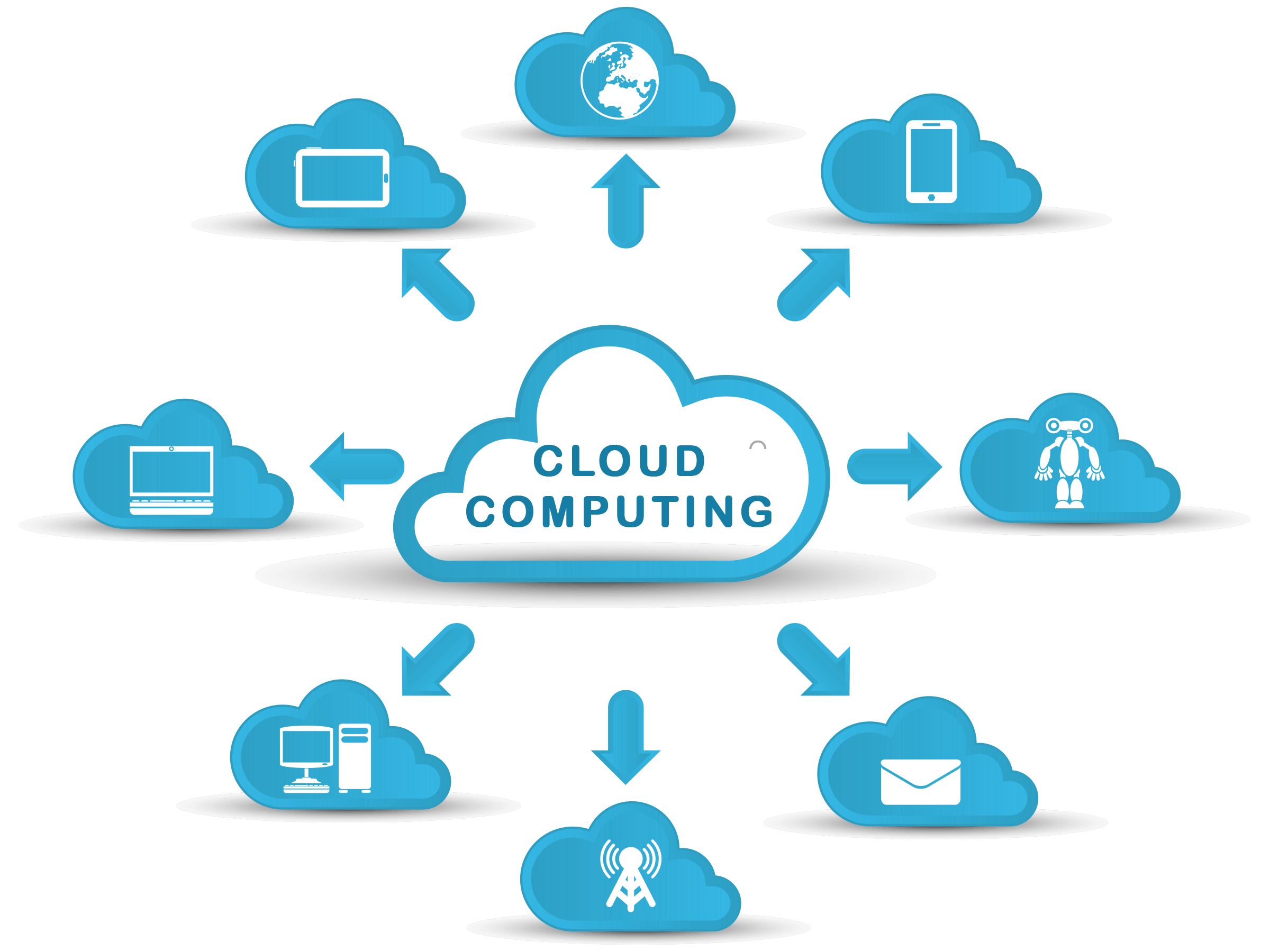In recent years, cloud computing has emerged as a revolutionary force in the tech industry, reshaping how businesses operate and deliver services. By leveraging the power of the internet, organizations can now access and store data remotely, enabling greater flexibility and scalability. This shift not only enhances operational efficiency but also fosters innovation, allowing companies to focus on their core competencies while relying on cloud solutions for their IT needs. As we delve deeper into this topic, we will explore the various facets of cloud computing and its profound impact on the technology landscape.
Throughout this article, you will discover how cloud computing is driving significant changes in business models, enabling startups and established enterprises alike to harness advanced technologies without the burden of heavy infrastructure costs. We will discuss the different types of cloud services—such as IaaS, PaaS, and SaaS—and how they cater to diverse organizational needs. Additionally, we will examine real-world examples of companies that have successfully integrated cloud solutions into their operations, showcasing the tangible benefits they have reaped.
As we navigate through the intricacies of cloud computing, you will gain insights into the future trends shaping this dynamic field, including the rise of hybrid and multi-cloud strategies. Whether you are a tech enthusiast, a business leader, or simply curious about the digital transformation, this article promises to equip you with valuable knowledge and inspire you to embrace the cloud revolution. Join us as we uncover the transformative power of cloud computing and its role in redefining the tech industry.
The Rise of Cloud Services
Cloud computing has revolutionized the way businesses operate by providing scalable and flexible IT resources. Companies can now access powerful computing capabilities without the need for significant upfront investments in hardware and infrastructure. This shift has led to the emergence of various cloud service models, including Infrastructure as a Service (IaaS), Platform as a Service (PaaS), and Software as a Service (SaaS). Each model offers unique benefits, allowing organizations to choose the best fit for their needs.
As a result, businesses can focus on their core competencies while leveraging cloud services for their IT requirements. This has democratized access to advanced technologies, enabling startups and small enterprises to compete with larger corporations. The rise of cloud services has also fostered innovation, as companies can quickly deploy new applications and services without the constraints of traditional IT environments.
Enhancing Collaboration and Remote Work
Cloud computing has significantly enhanced collaboration among teams, especially in the era of remote work. With cloud-based tools and applications, employees can access files and collaborate in real-time from anywhere in the world. This has transformed the workplace, allowing for greater flexibility and productivity. Tools like Google Workspace and Microsoft 365 have become essential for teams to communicate and collaborate effectively.
The ability to share documents, manage projects, and conduct virtual meetings in the cloud has streamlined workflows and improved efficiency. Organizations can now hire talent from a global pool, as geographical barriers are diminished. This shift not only benefits employees but also enhances overall business performance, as companies can adapt quickly to changing market demands.
Cost Efficiency and Resource Optimization
One of the most significant advantages of cloud computing is its cost efficiency. Traditional IT infrastructure requires substantial capital investment and ongoing maintenance costs. In contrast, cloud services operate on a pay-as-you-go model, allowing businesses to pay only for the resources they use. This flexibility enables organizations to optimize their budgets and allocate resources more effectively.
Moreover, cloud computing reduces the need for on-premises hardware, which can be costly to maintain and upgrade. By leveraging cloud solutions, companies can redirect their IT budgets towards innovation and growth initiatives. This financial agility is particularly beneficial for startups and small businesses, as it allows them to scale their operations without incurring heavy financial burdens.
Security and Compliance in the Cloud
As organizations migrate to the cloud, security and compliance have become paramount concerns. Cloud service providers invest heavily in security measures to protect sensitive data and ensure compliance with industry regulations. Features such as encryption, access controls, and regular security audits are standard practices in the cloud environment.
However, businesses must also take responsibility for their data security. Understanding shared responsibility models is crucial, as organizations need to implement their own security protocols alongside those provided by cloud vendors. By adopting best practices and staying informed about compliance requirements, businesses can mitigate risks and protect their data in the cloud.
The Future of Cloud Computing
The future of cloud computing is promising, with emerging technologies such as artificial intelligence (AI), machine learning (ML), and the Internet of Things (IoT) driving innovation. As these technologies integrate with cloud services, businesses can unlock new capabilities and insights from their data. For instance, AI-powered analytics can help organizations make data-driven decisions and enhance customer experiences.
Furthermore, the rise of edge computing is set to complement cloud services by processing data closer to the source, reducing latency and improving performance. As cloud technology continues to evolve, organizations must stay agile and adapt to these changes to remain competitive in the tech industry. The ongoing advancements in cloud computing will undoubtedly shape the future of business operations and technology adoption.
| Aspect | Description |
|---|---|
| Definition | Cloud computing refers to the delivery of computing services over the internet, allowing for on-demand access to a shared pool of configurable resources. |
| Scalability | Cloud services provide businesses with the ability to scale resources up or down as needed, ensuring flexibility and efficiency in resource management. |
| Cost Efficiency | By utilizing cloud services, companies can reduce costs associated with hardware, software, and maintenance, as they only pay for what they use. |
| Collaboration | Cloud computing enhances collaboration by allowing multiple users to access and work on the same documents and applications simultaneously from different locations. |
| Data Security | Cloud providers invest heavily in security measures, offering advanced data protection and compliance features that may be difficult for individual companies to implement. |
| Innovation | The cloud enables rapid deployment of new applications and services, fostering innovation and allowing businesses to stay competitive in a fast-paced market. |
| Disaster Recovery | Cloud computing offers robust disaster recovery solutions, ensuring that data is backed up and can be restored quickly in case of an incident. |
| Remote Work | The rise of cloud computing has facilitated remote work by providing employees with access to necessary tools and data from anywhere with an internet connection. |



